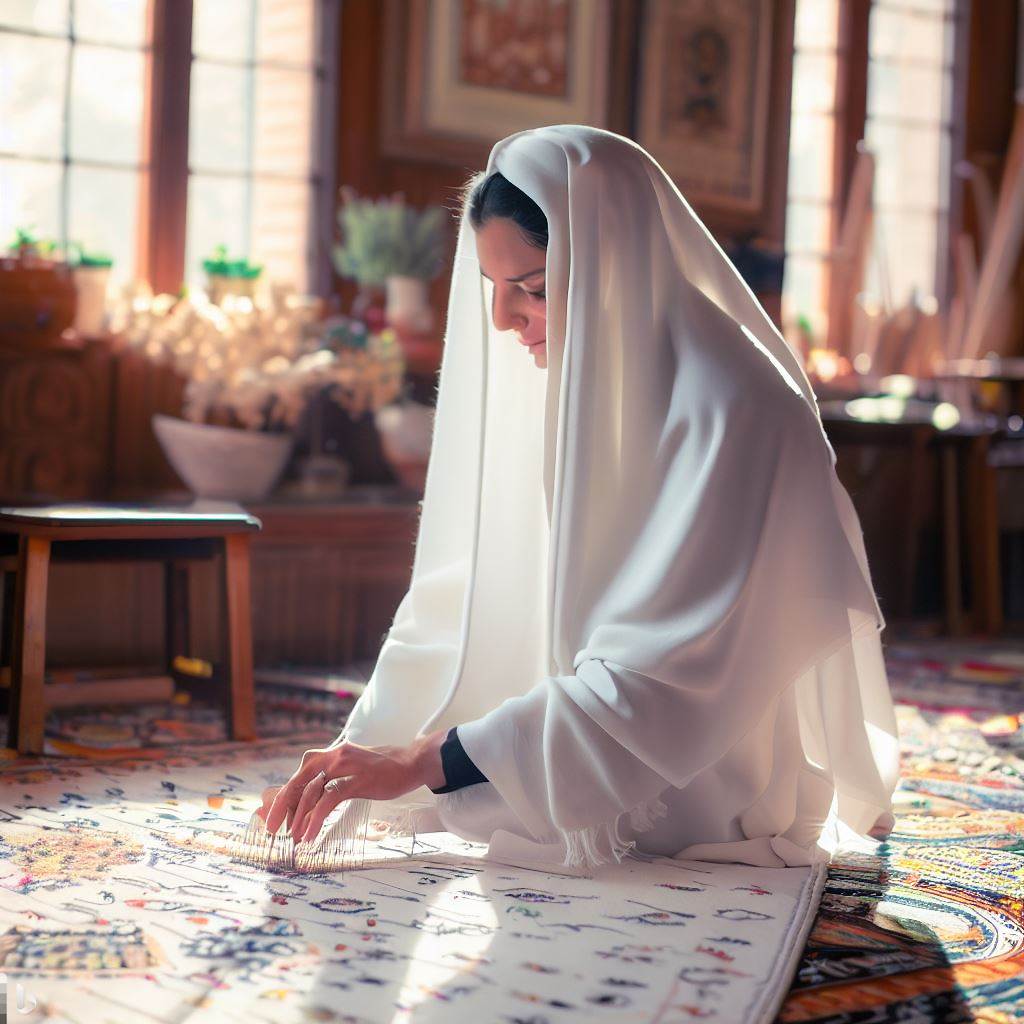The Art of Rug Weaving: Exploring Timeless Textile Traditions
For centuries across cultures, intricate handwoven rugs fused artistry and functionality into cultural treasures. Heirloom weaving techniques helped identify tribal groups, tell stories, bring nature motifs indoors, and elevate interiors aesthetically. Today’s weavers uphold this lineage, reinterpreting heritage patterns and methods on looms to interlace fiber into contemporary forms. By honoring enduring practices of preparation, design, and weaving, artisans immerse themselves within timeless wisdom of patient hands and problem-solving minds that manifest gradually in colorful, tactile carpets. Their craft bridges past mastery and future possibility.
Worldwide Weaving Traditions as Inspiration
Understanding influential rug weaving styles from diverse regions provides an invaluable springboard for modern interpretations.
Iranian Kilims
These flat tapestry-style wool rugs feature vibrant geometric motifs against rich fields. Versatile Kilim patterns and colors suit contemporary decors well.
Persian Pile Rugs
Intricately knotted, dense wool pile rugs display ornate centralized medallion layouts and complex botanical borders. Their opulence inspires.
Navajo Wool Rugs
Native American artisans produce striking bold geometrics in handspun vividly dyed wool. Their color combos and motifs dazzle in modern iterations.
Scandinavian Ryas
Simple striped, checked, or geometric rya rug designs showcase superb craftsmanship. Focus on fiber textures over elaborate patterning.
Colonial American Hooked Rugs
Rustic charm emerges from efficient use of fabric scraps in floral, geometric, or scenic designs hooked through burlap backings.
Planning Original Rug Designs
Whether referencing heritage or creating freeform, considerations like scale, layout, color, and purpose guide cohesive designs.
Size and Shape
Final use will determine ideal proportions – a hall runner, entry rug, full room coverage, round accent rug? Scale motifs accordingly.
Repetition and Balance
Repeating borders, checkerboards, or corner elements creates satisfying visual rhythm. Balance colors and densities.
Personalization and Meaning
Include personal symbols, favorite hobbies,Initials, or meaningful shapes to bespoke the rug with purposeful details.
Finding Harmony
Carefully choose a cohesive color palette and mix pattern scales thoughtfully from large focal motifs to smaller background filler forms.
Drawing Inspiration
Browse global rug motifs, art techniques, architecture details, and nature for design jumping off points to merge into original themes.
Traditional Floor Loom Weaving Techniques
Mastering the centuries-old process allows rug makers to integrate time-honored methods with fresh patterns and materials.
Dressing the Loom Warp
Measuring, threading, and tensioning hundreds of warp threads is tedious but vital foundation work preceding weaving.
Interlacing and Beating Weft Threads
Passing colored wefts over and under warp threads to create ridges before tightly beating packs threads into a durable rug front.
Forming Patterns and Shapes
Varying warp colors along with using pick up sticks enables intricate motifs to emerge row by row from basic interlacing steps.
Learning Loom Mechanics
Understanding how to alternate the shed and operate pedals gives command of the process. Coordination develops gradually through practice.
Binding and Finishing Details
Neatly enclosing edges, adding fringe, and backing the rug completes its transformation from threads to artistic floor covering.
Contemporary Interpretations and Innovations
Today’s artisans fuse weaving fundamentals with unconventional materials, multimedia, and current themes.
Exploring Novel Fibers and Fabrics
Experimenting with wire, upcycled fabric strips, paper yarn, embroidery floss, or even audio speaker cables opens creative possibilities.
Tapestry Portraiture and Storytelling
Weavers create pictorial fiber portraits, graphic landscapes, or conceptual narratives through striking woven image style rugs.
Incorporating Multimedia
Adding felted appliqués, hand embroidery, found objects, bead accents, or painting expands rugs into multimedia studio art pieces.
Abstract and Geometric Style
Minimalist abstract approaches focus on interplay of shape, form, texture, and color balance rather than figurative images or patterns.
Textural Innovations
Looping, braiding, ruffling, fringing, and tassels integrate to create sumptuous fiberscapes highlighting tactile beauty of diverse threads.
Where Tradition Meets Innovation
Today’s weavers stand on the rug warp between antiquity and future possibility. Through devoted study of past mastery fused with personal vision, they reimagine connective fibers as canvases for cultural storytelling, spiritual sanctuary, and abstracted beauty. With each pass of brilliantly dyed weft thread, a new creative legacy intertwines by patient hands imbued with reverence for the gifts of color and craft.
